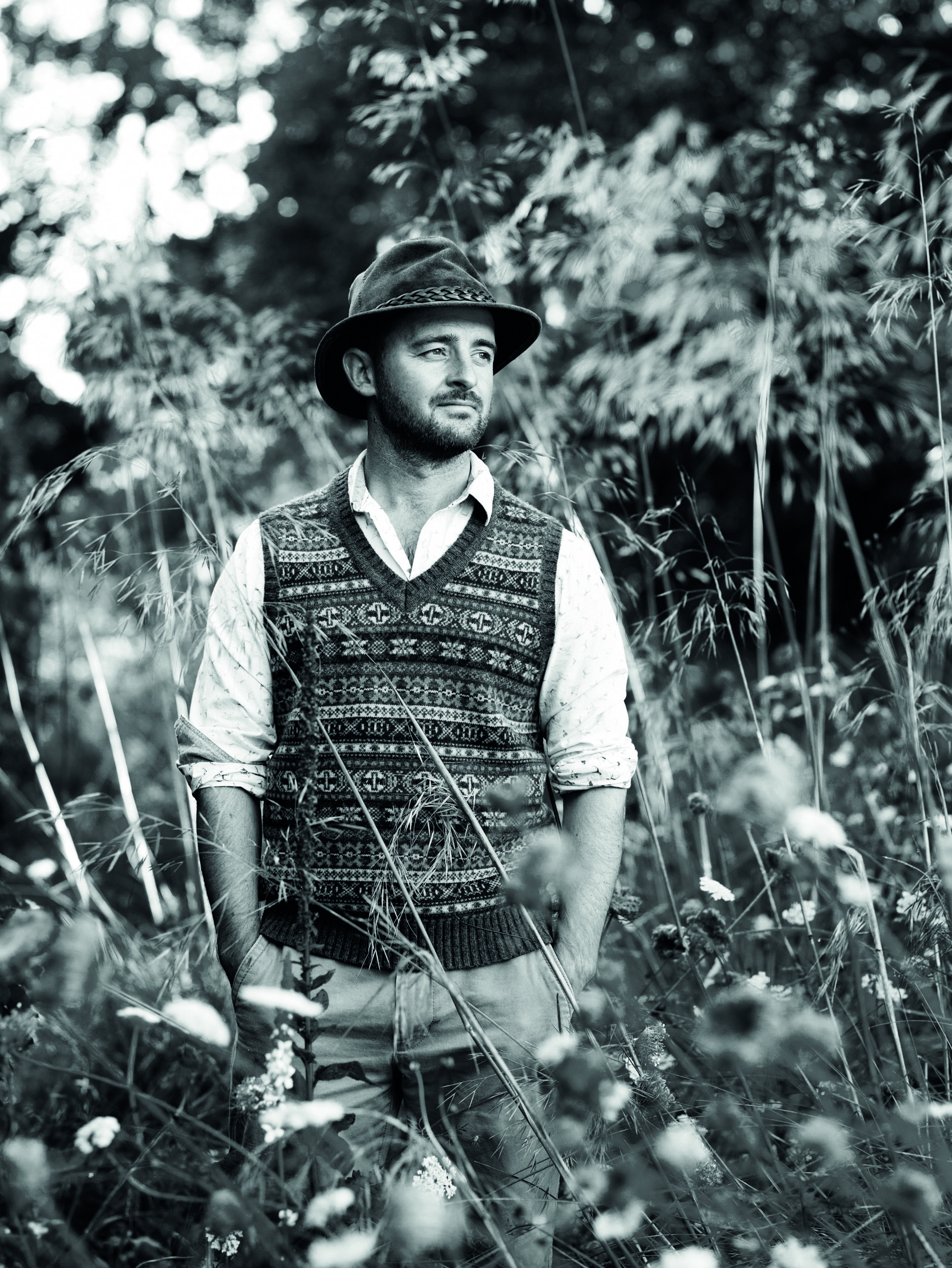Back in the spring of 2009, I had the pleasure of meeting Beverly McConnell, a formidable Antipodean plantswoman, internationally known for her garden Ayrlies in New Zealand. While showing her around the garden where I work, she remarked on the bountiful May display: “I hope you don’t mind me saying, but this garden feels very feminine.”
You may also like
- Women in gardening: key dates
- There are more women but the gender divide still remains
- Watch Nigel Slater's tour around his own garden
I smiled and replied that I didn’t mind, but I was slightly taken aback. As we carried on the tour, I quizzed her gently on what she meant by ‘feminine’, but it was only as the weeks passed that I wondered about the first part of her comment. As a man in my late twenties, should I have been offended that my work had been described as feminine?
Throughout history, the stereotypical gender roles that have existed within industry and society have also been present in horticulture: men hunt and gather; women care and tend. For horticulture, this has meant men have traditionally been the gardeners and plant hunters, while women used the crops and worked with floristry.
The wise women who gathered and cultivated herbs for medicinal treatments were often branded as witches, while monks and physicians were given noble status under the auspices of religion and science. In the 19th century, gardening was celebrated as man’s control over nature, described by Scottish botanist John Claudius Loudon in his 1822 book, An Encyclopaedia of Gardening: ‘plants be arranged in rows, tallest at the back, shortest at the front with much earth showing beneath’. A rather strict approach that might be described as hard, bold and masculine.
I often hear men say: “I just do the lawn and vegetables, and leave the flowers to her”
There were contradictions. While plant hunters such as Ernest Wilson and George Forrest explored the world in search of unseen species, aristocratic ladies, who on the surface simply painted and embroidered flowers, were studying and botanising flora, using pseudonyms to publish their findings. Emma Bennet, Countess of Tankerville, was one such lady, who amassed 648 botanical paintings while becoming a respected grower and botanist. Plant hunter Joseph Banks named an orchid (now called Phaius tankervilleae) after her.
Things have obviously progressed since then, but have opinions changed as much as we might hope? Respected trailblazers such as Gertrude Jekyll, Vita Sackville-West, Mien Ruys, Beth Chatto and Penelope Hobhouse (to name just a few) certainly broke from masculine traditions and paved the way for women to take their place alongside men in the annals of gardening. They, along with natural garden advocates such as William Robinson, softened the look of the Victorian garden, embracing a more relaxed, gentle approach and aesthetic. Perhaps this is what led to the idea of a ‘feminine’ style of garden.
Sticking to traditional gender stereotypes can limit your opportunities for creativity and enjoyment.
In its 2023 Gender Pay Gap Report, the Royal Horticultural Society reported that: 65.4 per cent of its employees were women. On the surface this would suggest women are well represented in the horticultural industry, but this isn’t taking their work areas into account. Look a little closer and it is easy to see that sectors such as arboriculture and landscaping are still heavily male dominated, while retail, catering and design are well attended by all genders.
In the gardens and plant nurseries I frequent, there are many wonderful and talented people, both men and women, who happily share in the passion of growing plants. But, talking to my contemporaries, it’s clear this gender representation has some way to go. I’ve heard stories where women are consistently presumed to be volunteers or garden designers (surely not professional gardeners), and men are told they are gardening too soft.
The cogs of change appear to turn slowly, and with it, opinion on gender. When I give talks at gardening clubs, I often hear men say: “I just do the lawn and vegetables, and leave the flowers to her.” While there is nothing wrong with finding a comfortable role, just sticking to traditional gender stereotypes can limit your opportunities for creativity and enjoyment.
As for the garden, well, the plants will grow in the same way whether they’re described as masculine or feminine. I love soft, romantic, ‘feminine’ planting, but feel it really looks best when set alongside the hard ‘masculine’ lines of topiary, landscaping and layout. It is where soft meets hard and the delicate meets the bold that the natural artistic beauty of gardening comes alive.
